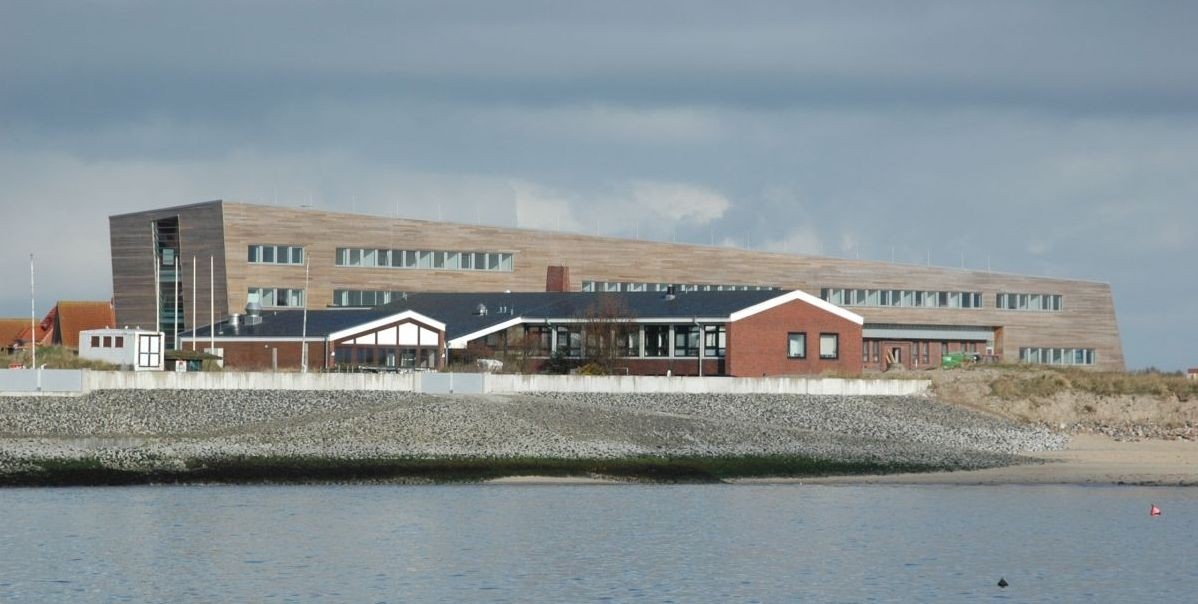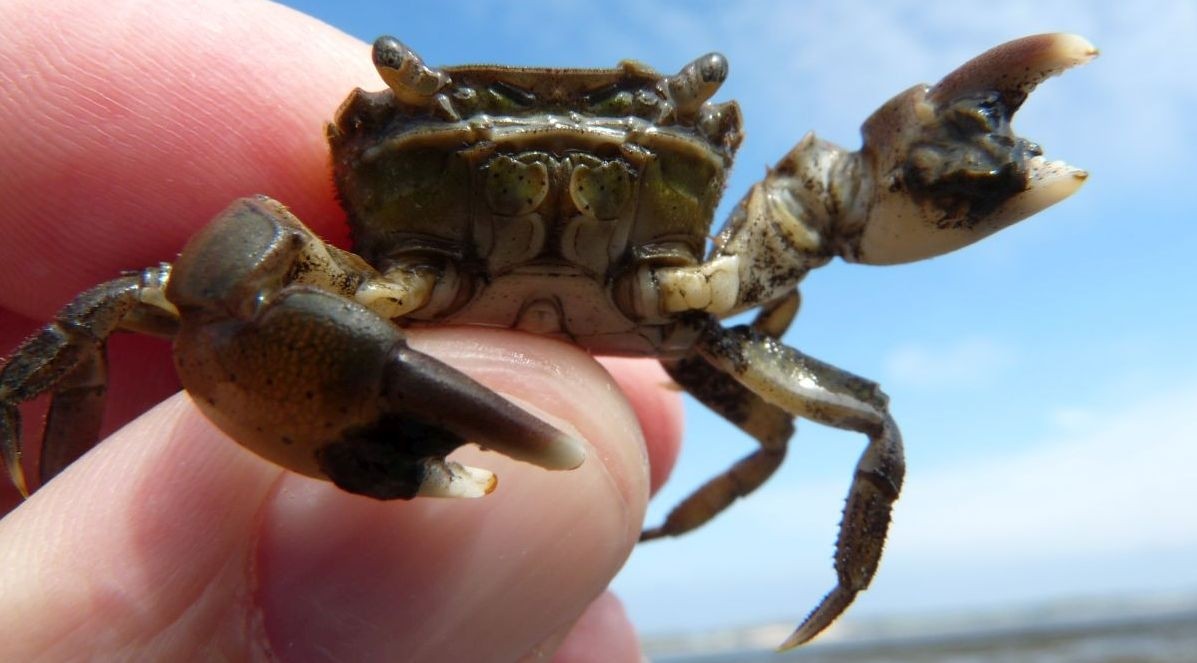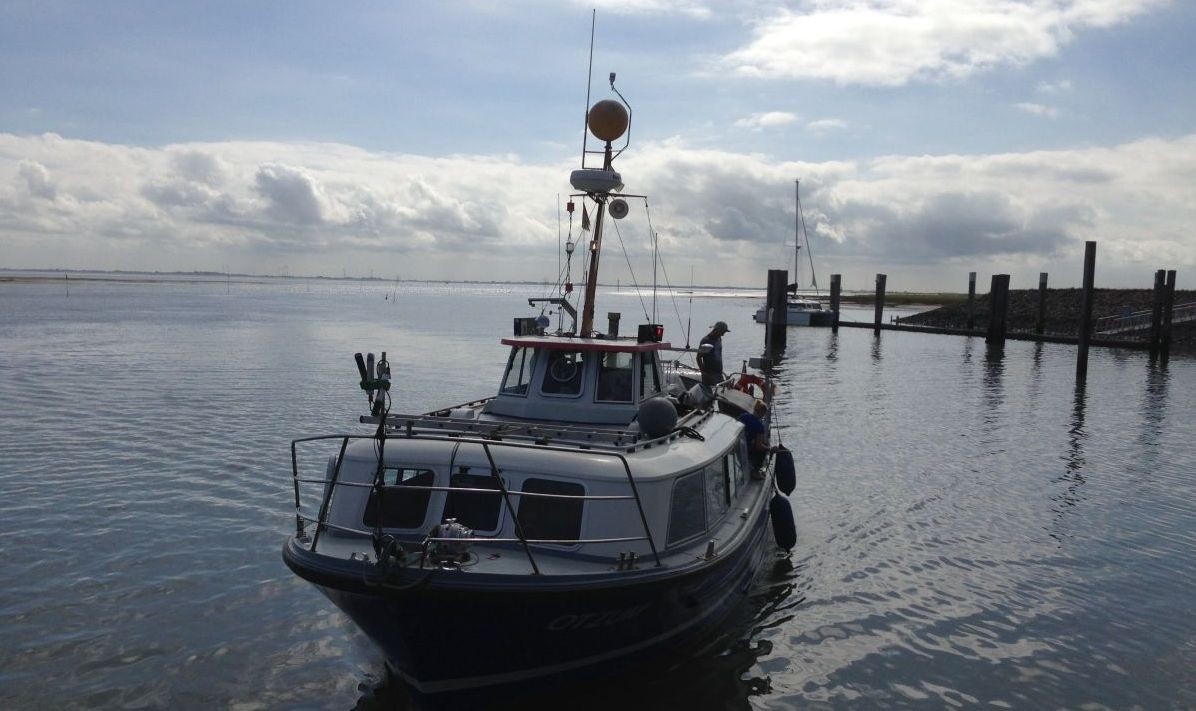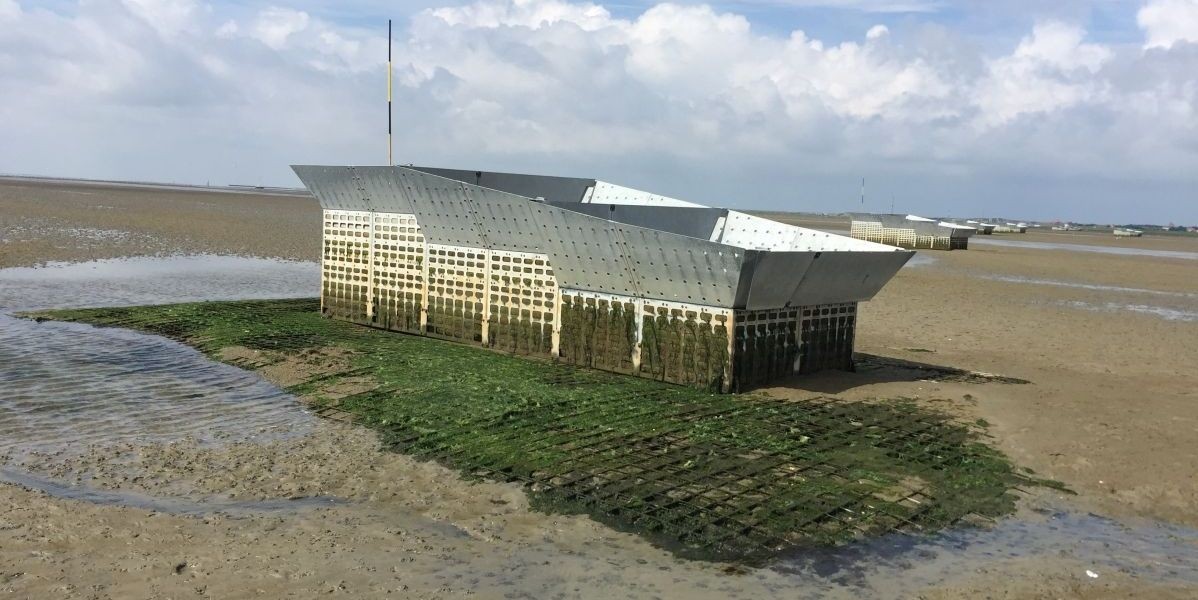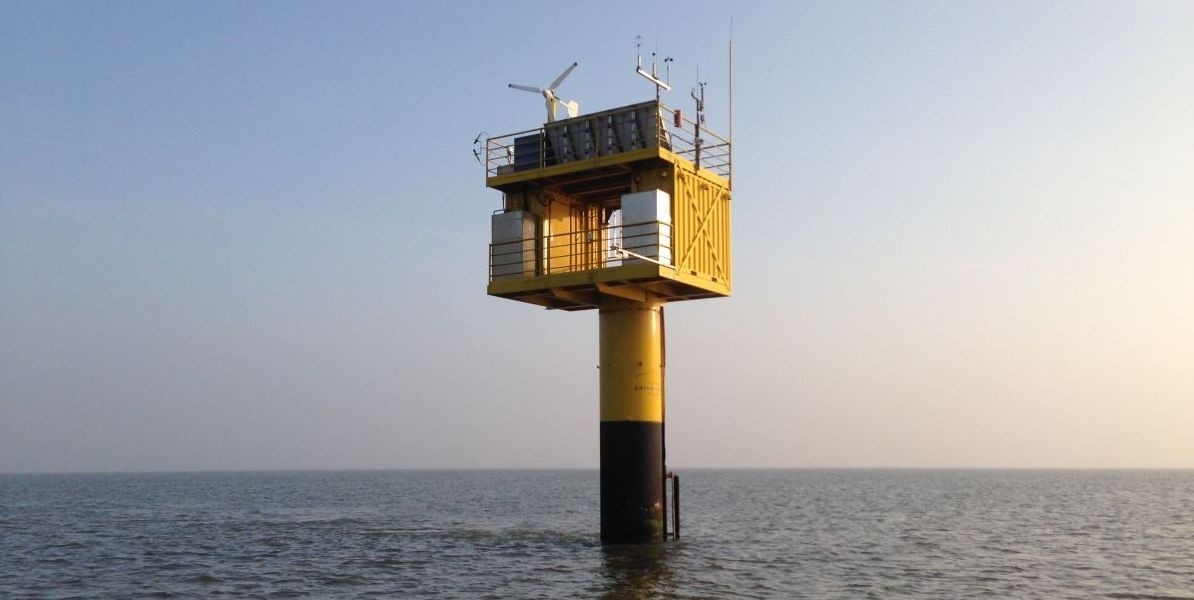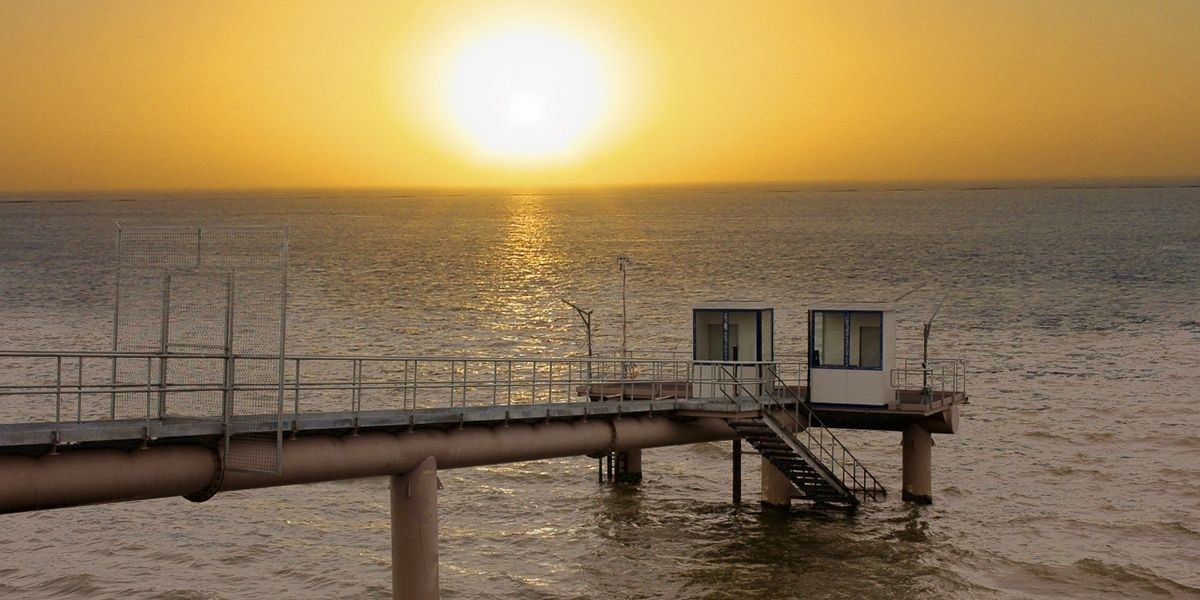Programme Wadden Sea World Heritage Summer School 2018
Alfred-Wegener-Institute for Polar and Marine Research (Sylt), Aug. 18 – 22, 2018
(under the direction of Dr. Christian Buschbaum, Senior Scientist Coastal Ecology)
The island of Sylt represents a hotspot of non-native species because of intensive recreational boat activities and shellfish farming in that area. Originally cultivated Pacific oysters have escaped into the wild and have overgrown native blue mussel beds. Almost all intertidal mussel beds have turned into mixed reefs with strong effects on the associated species communities and species interactions. In the shallow subtidal zone, extensive aggregations of the non-indigenous Japanese Seaweed form new habitats, which are intensively used by native but also non-native organisms. Due to the increasing number of new species in the Wadden Sea ecosystem, changes are happening as fast as never before. The focus of the summer school programme on Sylt Island will be on non-native species. Students will study the occurrence and spatial distribution of non-native species from the high intertidal down to the shallow subtidal zone, investigate the function of non-native species as habitat builders, and explore the effects that non-native organisms may cause on native species and communities. Ideas how to deal with the increasing flood of introduced species in coastal ecosystems will be discussed.
Common Wadden Sea Secretariat & UNESCO (Wilhelmshaven), Aug. 22 – 24, 2018
The Common Wadden Sea Secretariat was established in 1987 and is located in Wilhelmshaven, Germany. It collects and evaluates information on the monitoring, the protection and the ecological condition of the entire Wadden Sea. Further responsibilities of the CWSS include the preparation and production of documents for ministerial conferences, meetings of the Wadden Sea Board and trilateral – Dutch, German and Danish - work groups. Students will get acquainted with the work of the CWSS and visit the UNESCO Wadden Sea World Heritage Visitor Centre.
Institute for Chemistry and Biology of the Marine Environment of the University of Oldenburg (Spiekeroog), Aug. 24 – 27, 2018
(under the direction of Prof. Dr. Oliver Zielinksi, ICBM Director and Head of Marine Sensor Systems)
Sandy beach ecosystems constitute an important transition zone between continental and marine zones. They are vulnerable and may be affected, for example, by erosion caused by climate-induced sea level rise or increased nitrogen availability due to human activities. The nearshore and offshore zone of Spiekeroog is exposed to the hydrodynamics of the open sea and is strongly affected by tides, winds and wave-driven processes. The focus of the summer school on Spiekeroog Island will be on beach ecosystems, specifically the biogeochemical processes and dynamics, as well as the interactions between abiotic and biotic factors within these systems. For this, a beach located at the northern side of Spiekeroog will be studied. Students will assess spatial variations in biogeochemical key parameters in this high-energy beach system along a transect and will look at the spatial variation of macrofauna communities in the near- and offshore zone of the beach system in relation to environmental parameters such as hydrodynamics and sediment type.
Visit to Harlingen, Aug. 27, 2018
(with Dr. Meindert Schroor, Board Member of the Waddenacademie, portfolio “Cultural History”)
Harlingen is a town located in the province Fryslân in the North of the Netherlands with a long history of fishing and shipping. It developed as a town since the 13th century and is one of the oldest cities in this part of the Netherlands. Harlingen has a well-preserved 17th century historic centre with old canals and more than 600 authentic merchant houses and warehouses. During a tour guided by Dr. Meindert Schroor, the long-lasting and ever-changing interactions of the citizens of Harlingen with the Wadden Sea will be explored.
Royal Netherlands Institute for Sea Research (NIOZ), Texel, Aug. 27 – 31, 2018
(under the direction of Prof. Dr. Ir. Katja Philippart, Chief Scientist Wadden Systems Research Centre)
Coastal marine ecosystems, including intertidal systems such as the Wadden Sea, are among the most productive systems of the world. Large inputs of nutrients and organic carbon from land and oceans support high rates of primary production of pelagic microalgae in the shallow waters. Vast intertidal mudflats allow for high primary production by benthic microalgae and function as nursery areas for juvenile fish and fuelling areas for migratory birds. Many of these areas are acknowledged as being of global importance, and are protected by international frameworks including Natura2000, Ramsar and UNESCO World Heritage. The Marsdiep is the westernmost tidal basin of the Wadden Sea, with nutrient-rich freshwater inputs from Lake IJssel and a strong tidal exchange with North Sea waters via the Marsdiep tidal inlet. Students will study primary and secondary productivity in an estuarine environment in relation to environmental parameters such as emersion time and sediment composition.
